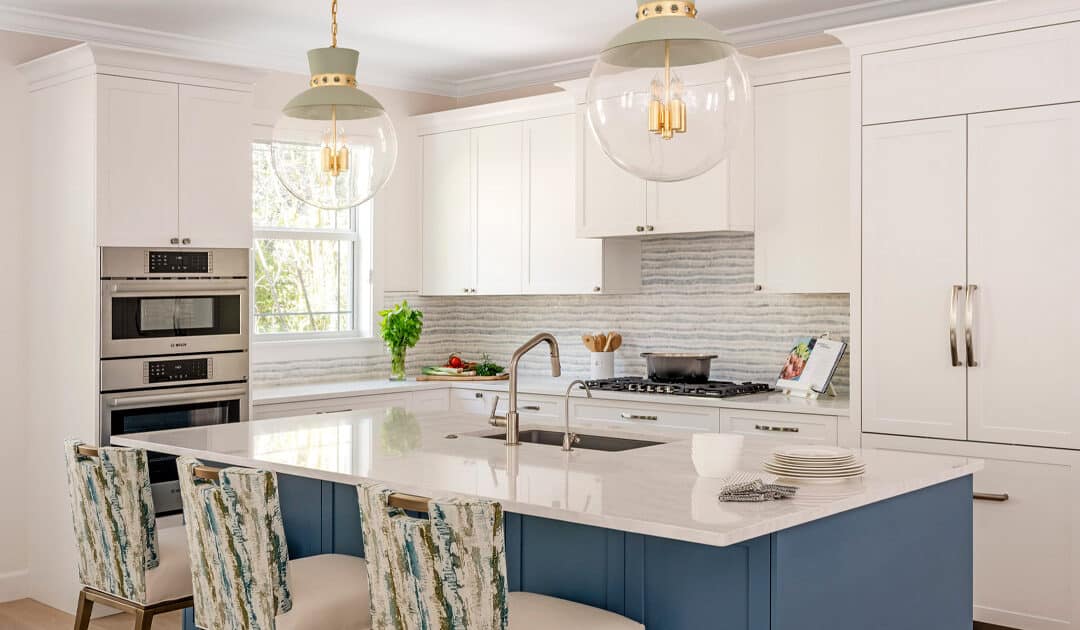There’s something undeniably inviting about a home filled with natural light. Sunlit rooms feel more open, warm, and welcoming, making every detail—from architectural elements to decor—shine a little brighter. But beyond aesthetics, natural light has a profound impact on well-being, boosting mood, increasing productivity, and even improving sleep.
If your home isn’t naturally flooded with sunlight, don’t worry—there are plenty of architectural and design choices that can help maximize daylight, creating interiors that feel effortlessly radiant. Whether you’re building, renovating, or simply looking for ways to brighten up your space, these strategies will bring more natural light into your home and enhance its beauty, functionality, and overall ambiance.
The Benefits of Natural Light in Interior Design
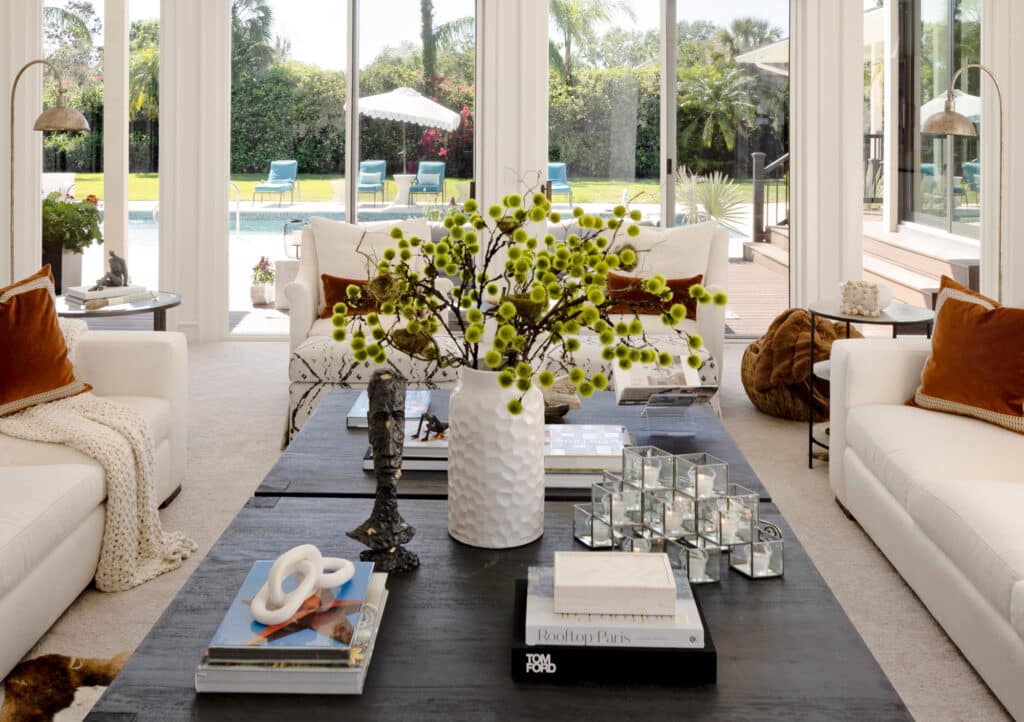
Before we dive into design solutions, let’s talk about why natural light matters beyond just aesthetics.
☀️ Enhances Mood & Well-Being – Sunlight naturally increases serotonin levels, reducing stress and improving focus.
☀️ Improves the Perception of Space – Bright, naturally lit rooms feel larger, more open, and less cluttered.
☀️ Highlights Architectural Features – Natural light enhances the depth and texture of materials like wood, stone, and fabric.
☀️ Reduces Energy Consumption – The more daylight you bring in, the less you rely on artificial lighting, making your home more energy-efficient.
Now, let’s explore the best ways to bring more natural light into your home and create a space that feels open, airy, and beautifully balanced.
Prioritize Window Placement & Size
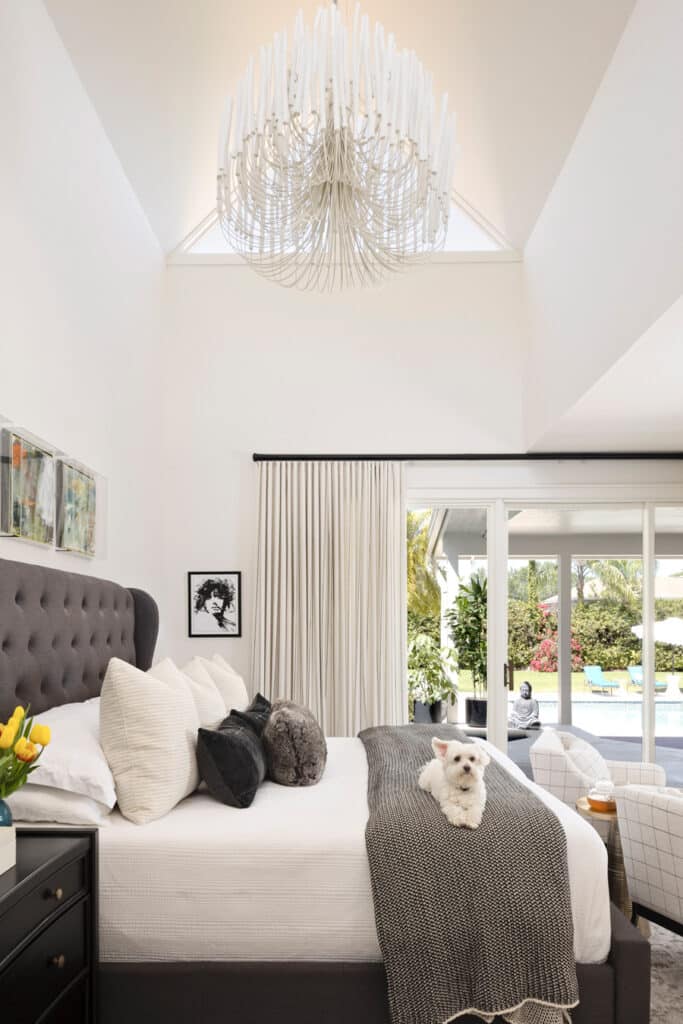
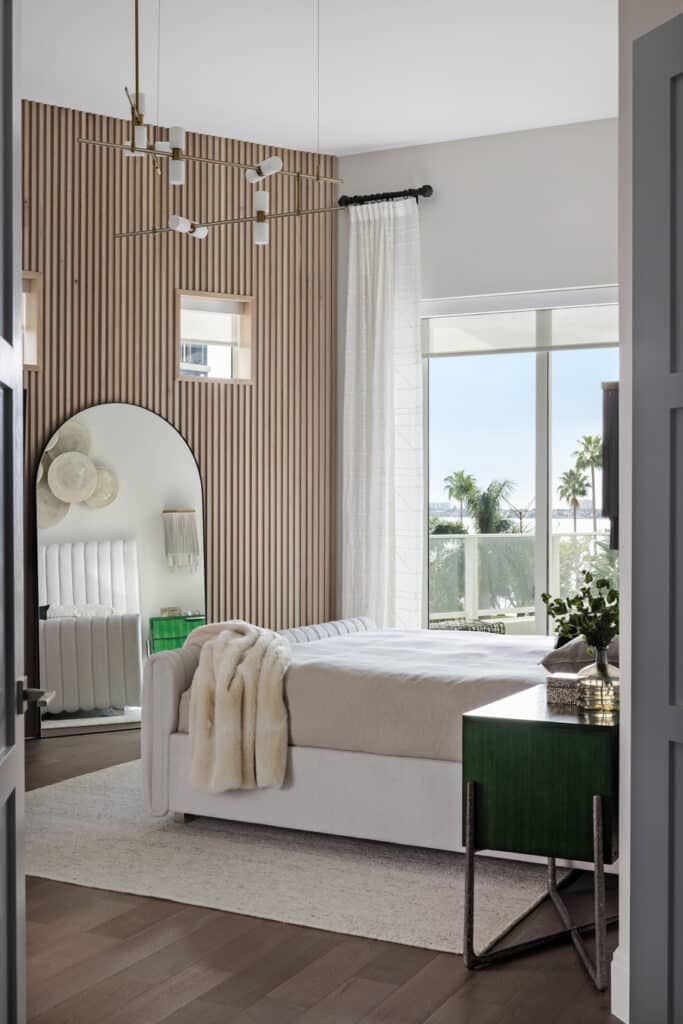
See some great examples of this in our Palm Bay project which was recently featured in LUXE Magazine! Native House Photography
The most effective way to maximize daylight is through thoughtful window placement. Large, well-positioned windows allow sunlight to flow freely, making a home feel brighter and more expansive.
💡 Design Tips for Windows:
✔ Opt for larger windows in key areas like living rooms, kitchens, and bedrooms to enhance natural light flow.
✔ Consider floor-to-ceiling or oversized windows to bring in as much daylight as possible.
✔ If building or remodeling, prioritize south-facing windows for all-day sunlight exposure.
✔ Use transom or clerestory windows (high-mounted windows near the ceiling) to introduce light into darker areas without sacrificing privacy.
Use Skylights & Glass Doors to Expand Light Flow
When wall space for windows is limited, skylights and glass doors are excellent solutions for inviting in more daylight.
💡 Ways to Incorporate Skylights & Glass Doors:
✔ Skylights in bathrooms, kitchens, or hallways bring in overhead light and make a space feel expansive.
✔ Glass-paneled doors allow light to pass between rooms, creating a brighter, more seamless flow.
✔ Sliding glass or French doors leading to outdoor spaces help visually extend interiors while maximizing light.
Reflective Surfaces & Strategic Materials
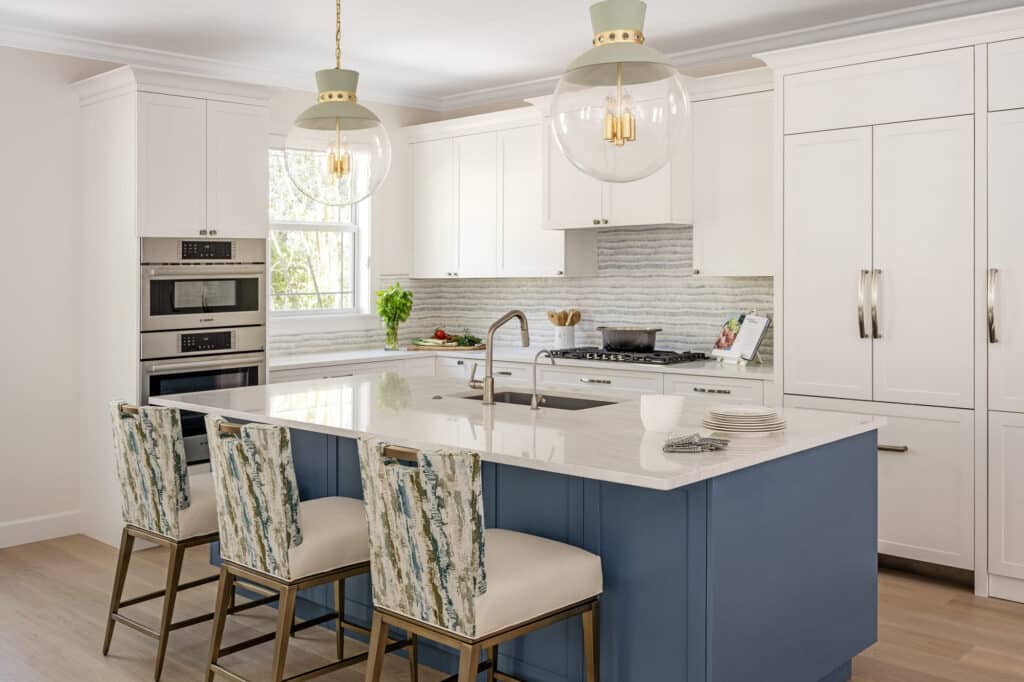
Once daylight enters a home, the right materials can help bounce light around and enhance its impact.
💡 Best Materials to Amplify Natural Light:
✔ Glossy Finishes: Lacquered cabinetry, polished stone, and glass tabletops reflect light beautifully.
✔ Mirrors & Metallic Accents: Placing mirrors across from windows can double the light effect, while brass, chrome, or nickel finishes enhance the natural glow.
✔ Lighter Color Palettes: Whites, soft neutrals, and pastels reflect light better than darker tones, making rooms feel fresh and luminous.
Keep Window Treatments Light & Airy
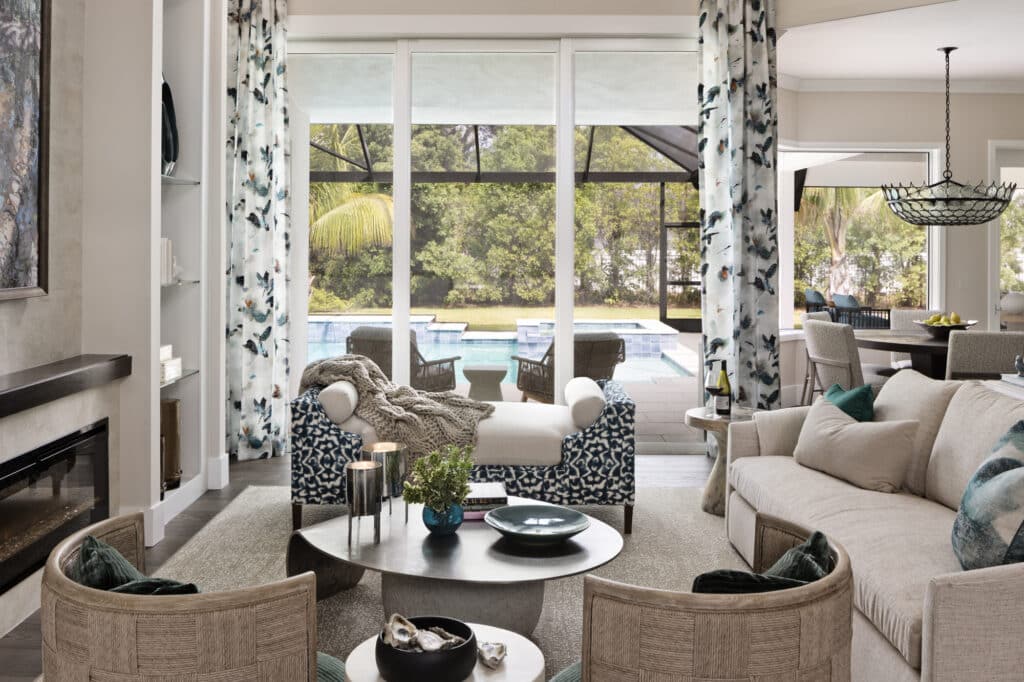
Heavy drapes or dark blinds can unintentionally block precious daylight. Instead, opt for light, airy window treatments that allow light to flow freely.
💡 Best Window Treatment Choices:
✔ Sheer Draperies: Softens light while maintaining privacy.
✔ Layered Window Coverings: Try sheer panels with blackout shades for flexibility.
✔ Minimalist Blinds or Woven Shades: Provide privacy while allowing filtered light through.
If you love drapery but don’t want to block light, consider hanging curtains higher and wider than the window frame to create the illusion of more space and keep the glass unobstructed.
Open-Concept Layouts & Interior Glass Features
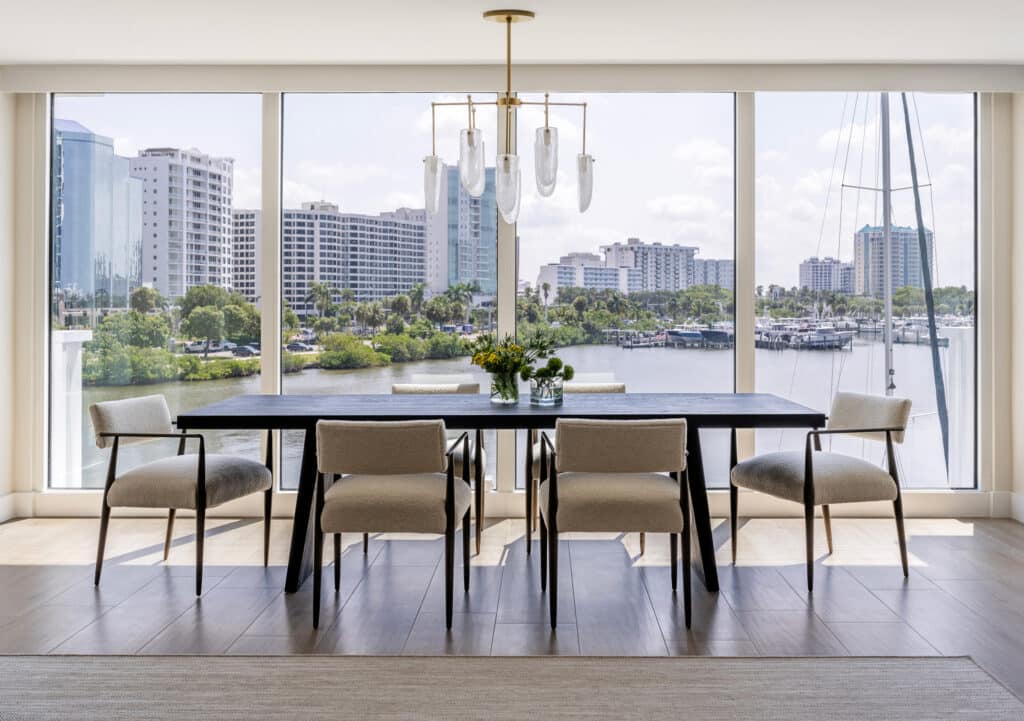
A well-planned layout can help daylight travel deeper into the home. Open-concept designs, interior windows, and even glass partitions allow sunlight to move freely between spaces.
💡 Design Ideas for Maximizing Light Flow:
✔ Use glass walls or partitions between rooms to maintain brightness while creating separation.
✔ Opt for open shelving instead of solid cabinets in kitchens to allow light to reach further into the space.
✔ Choose light-colored or transparent furniture to prevent blocking natural light pathways.
Outdoor Spaces That Enhance Natural Light
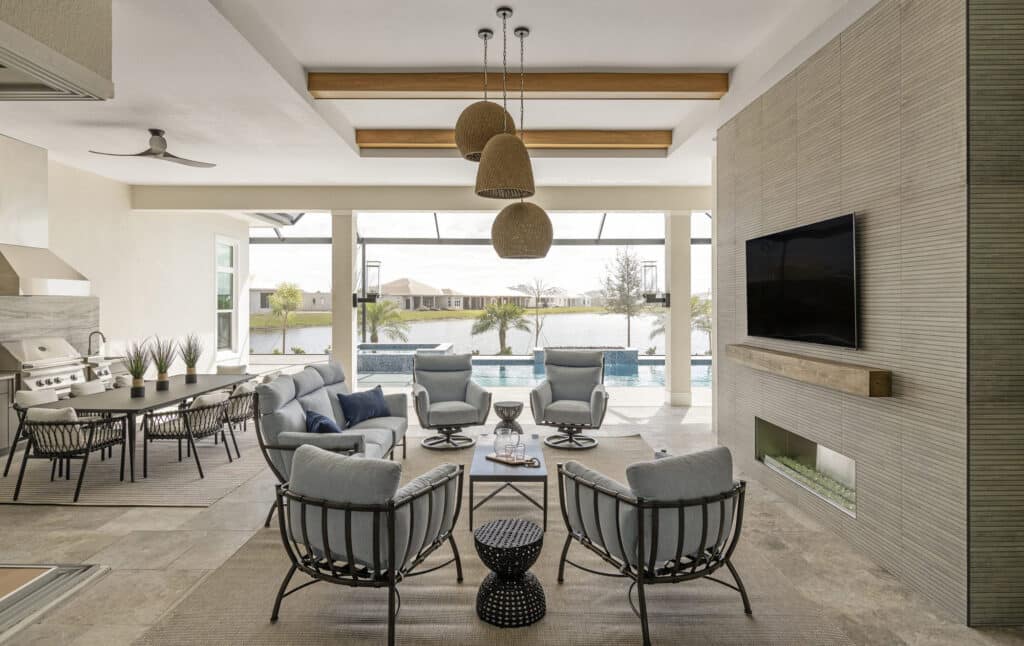
Your landscaping and exterior design also affect how light enters your home. Thoughtful outdoor planning can increase brightness while maintaining privacy.
💡 Exterior Design Choices That Help:
✔ Opt for light-colored exterior walls to reflect more sunlight indoors.
✔ Keep landscaping strategic—avoid dense trees or tall hedges that block key windows.
✔ Use pergolas or covered patios that allow filtered sunlight without overheating outdoor living areas.
Final Thoughts: Designing with Light in Mind
A home filled with natural light feels open, welcoming, and effortlessly beautiful. Whether you’re building new, remodeling, or simply making small adjustments, these architectural and design strategies can transform your interiors into bright, airy sanctuaries.
By prioritizing window placement, reflective surfaces, open layouts, and outdoor integration, you can create a home that embraces natural light—enhancing both aesthetics and well-being.
